In the wake of the COVID-19 pandemic, New Zealand's tourism industry faced unprecedented challenges. The global shutdown virtually halted international travel, leaving the sector in a precarious position. Yet, through innovative practices and strategic planning, New Zealand's tourism industry not only managed to survive but has begun to thrive once more. This article explores how the industry rebounded, offering insights and strategies that can apply to other sectors and regions.
Expert Opinion & Thought Leadership
To understand the resilience of New Zealand's tourism sector, it's crucial to recognize the government's strategic interventions and the industry's adaptability. According to the Ministry of Business, Innovation, and Employment (MBIE), tourism accounted for 5.8% of New Zealand's GDP pre-pandemic. The shock was severe, but the response was swift. The government’s Tourism Recovery Plan, which included a $400 million allocation, was pivotal in stabilizing the industry. This funding supported businesses, protected jobs, and facilitated the development of new tourist attractions aimed at domestic travelers.
How It Works: Deep Dive into the Rebound
One of the key strategies was the pivot towards domestic tourism. With international borders closed, local tourism operators capitalized on Kiwis' desire to explore their own backyard. According to Stats NZ, domestic tourism spending increased by 12% in 2021, driven by targeted marketing campaigns like "Do Something New, New Zealand." This campaign encouraged New Zealanders to experience different parts of the country, boosting local economies.
Real-World Case Studies
Case Study: Queenstown – From Crisis to Opportunity
Problem: Queenstown, a hub for international tourists, faced a dramatic drop in visitors. The town's economy, heavily reliant on tourism, saw businesses struggling to stay afloat.
Action: The local tourism board quickly shifted focus to domestic tourists, launching exclusive packages and discounts for New Zealanders. They also invested in infrastructure improvements and sustainable tourism initiatives, ensuring long-term appeal.
Result: By mid-2022, Queenstown experienced a resurgence in visitor numbers. Domestic tourism spending in the region increased by 25%, and new initiatives led to a 15% growth in sustainable tourism activities.
Takeaway: Diversifying target markets and investing in sustainable practices can mitigate risks and enhance resilience in tourism-dependent economies.
Case Study: Rotorua – Embracing Indigenous Culture
Problem: Rotorua, known for its geothermal attractions and Maori culture, faced similar challenges with a significant drop in international visitors.
Action: The region leveraged its cultural heritage, enhancing Maori cultural tours and experiences. Collaborations with local iwi (tribes) created authentic visitor experiences, appealing to domestic tourists and offering educational value.
Result: Rotorua saw a 30% increase in domestic visitor numbers. cultural tourism became a key driver, contributing to a 20% rise in overall tourism revenue.
Takeaway: Highlighting and investing in unique cultural aspects can attract new markets and strengthen community ties.
Data-Driven Analysis
According to a report from the Reserve Bank of New Zealand, the tourism sector's recovery is expected to contribute significantly to the country's economic rebound. By 2023, the industry is projected to grow by 7.5%, driven by both domestic and international tourism as global travel resumes.
Moreover, the government's commitment to sustainability is expected to play a crucial role. The Tourism New Zealand strategy emphasizes eco-friendly practices and aims to make New Zealand a leader in sustainable tourism. This focus aligns with global trends and consumer demand for environmentally responsible travel options.
Contrasting Viewpoints
While the tourism industry in New Zealand has shown remarkable resilience, there are differing opinions on the path forward. Some experts advocate for a continued focus on domestic tourism, citing its success during the pandemic. Others argue for a renewed emphasis on international markets, highlighting the economic benefits of foreign spending.
Middle Ground: A balanced approach that leverages both domestic and international tourism, with an emphasis on sustainable practices, could provide the most robust path to recovery and growth.
Common Myths & Mistakes
Myth: "Domestic tourism can't sustain the industry." Reality: Domestic tourism has proven vital, with spending increases and successful campaigns like "Do Something New, New Zealand" demonstrating its potential.
Myth: "Sustainable tourism is too costly to implement." Reality: While initial costs can be higher, sustainable practices lead to long-term savings and attract environmentally conscious travelers.
Future Trends & Predictions
Looking ahead, several trends are poised to shape the future of New Zealand's tourism industry. A report from Deloitte suggests that technological advancements, such as virtual reality tours and AI-driven personalized itineraries, will enhance traveler experiences. Additionally, the focus on sustainability will intensify, with predictions of a 40% increase in eco-tourism activities by 2026.
Furthermore, there is an expectation of increased collaboration between tourism operators and indigenous communities, enriching cultural offerings and providing economic opportunities for local communities.
Final Takeaways
- Domestic tourism has been a lifeline, contributing significantly to the sector's recovery.
- Sustainability is not just a trend but a necessity for future growth and resilience.
- Technological innovations will continue to reshape the tourism experience, offering new opportunities.
- cultural tourism offers unique value, attracting diverse markets and enhancing community engagement.
What’s your next move? Are you ready to explore the innovative strategies shaping New Zealand’s tourism industry? Share your insights and experiences below!
People Also Ask (FAQ)
How did New Zealand’s tourism industry recover post-pandemic? Through strategic government support and a shift towards domestic tourism, New Zealand's industry rebounded with a 12% increase in local spending.
What role does sustainability play in NZ tourism? Sustainability is crucial, aligning with global trends and consumer demand, and is expected to drive a 40% increase in eco-tourism by 2026.
What are the biggest misconceptions about tourism recovery? A common myth is that only international tourists can sustain the industry, but domestic tourism has proven vital, with significant spending increases.
Related Search Queries
- New Zealand tourism recovery strategies
- Domestic travel trends in NZ
- Sustainable tourism practices in New Zealand
- Impact of COVID-19 on NZ tourism
- Future of eco-tourism in New Zealand





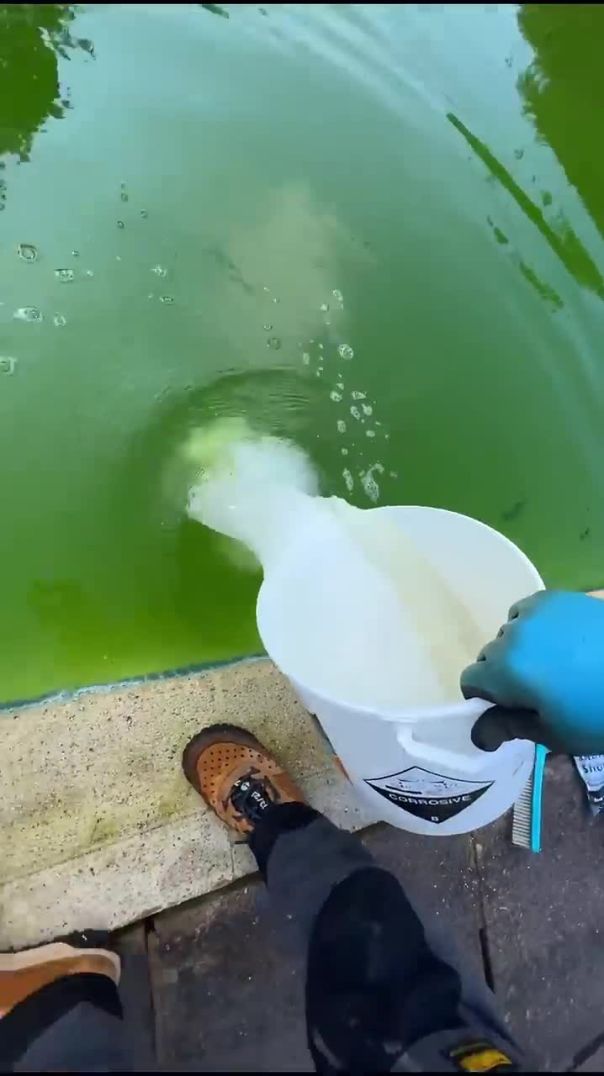
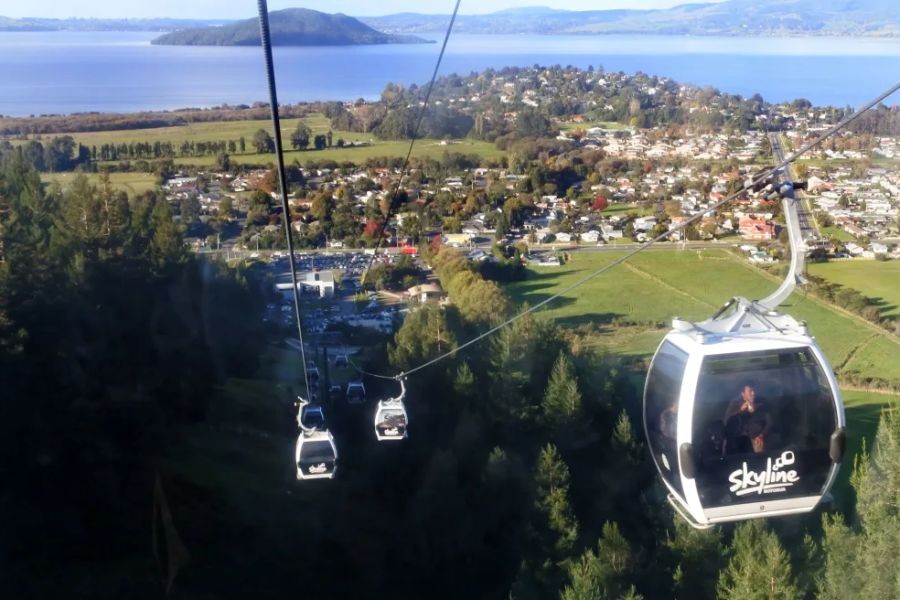













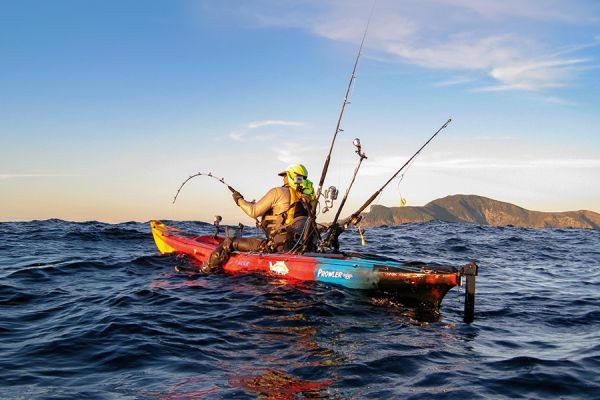



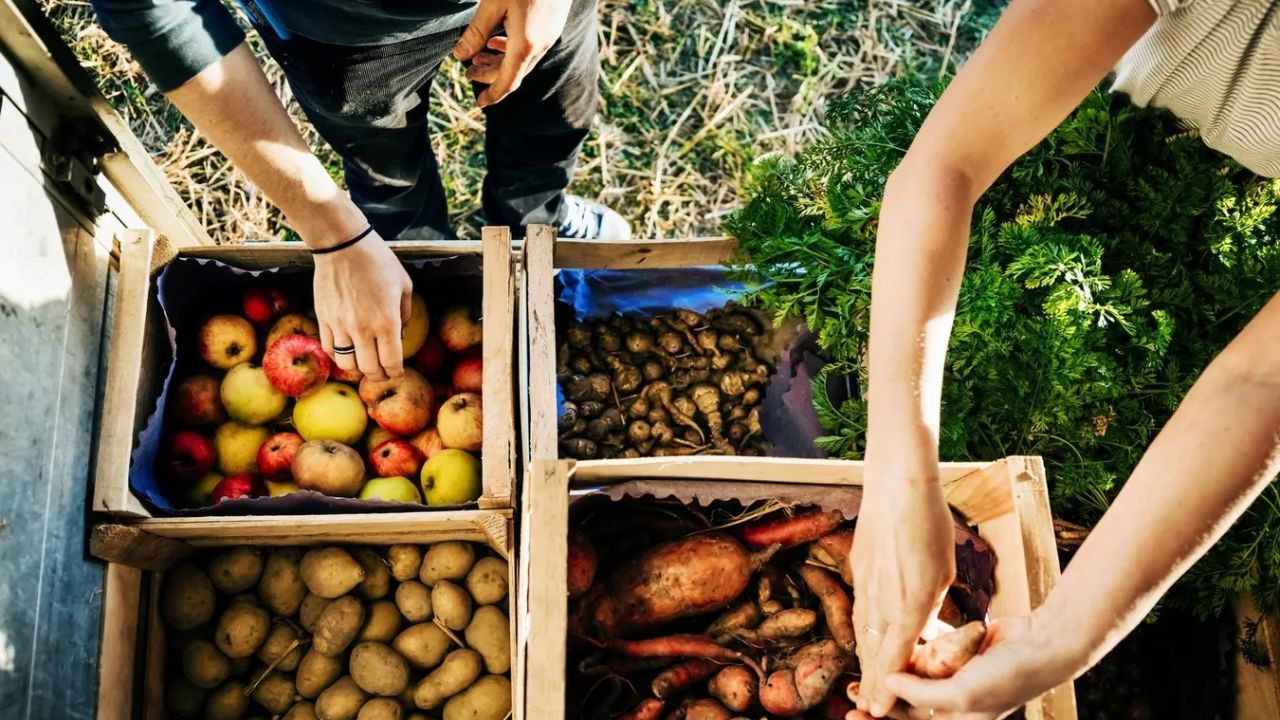

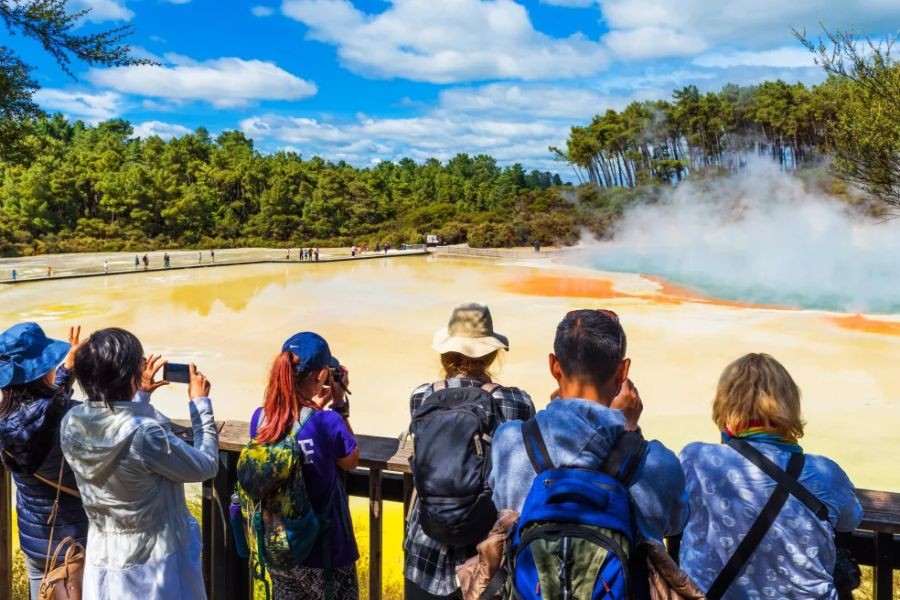





yettapedley041
6 months ago